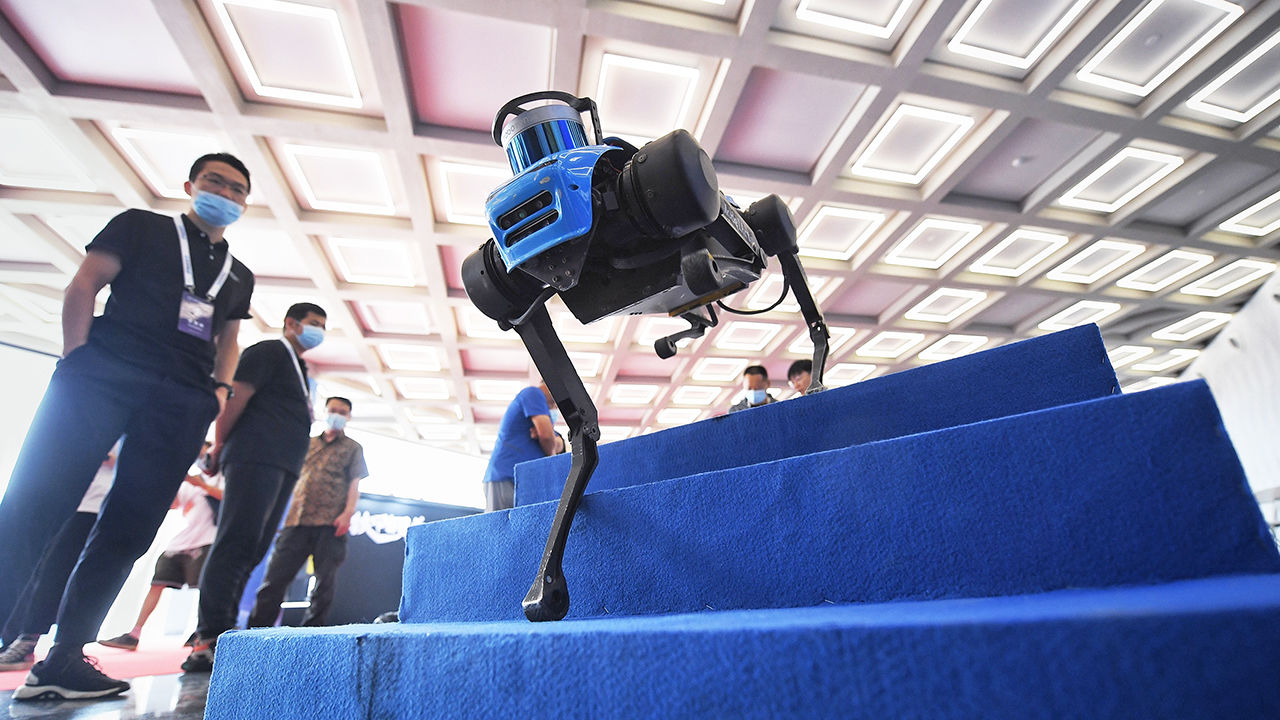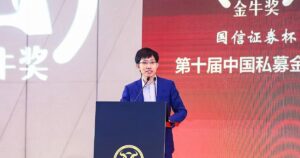A Prestigious Chinese University Powers DeepSeek

The Enduring Presence of Mao Zedong Statues in Modern China
Introduction to Mao Zedong’s Legacy
In various parts of China, colossal statues of Mao Zedong serve as reminders of the country’s revolutionary past. One particularly notable statue stands near the entrance of Zhejiang University in Hangzhou, a city located 175 kilometers (approximately 110 miles) southwest of Shanghai. This statue not only represents Mao’s historical significance but also offers insights into the ongoing transformation of contemporary Chinese society.
Significance of Mao Zedong Statues
Historical Context
Mao Zedong, the founding father of the People’s Republic of China, led the country from 1949 until his demise in 1976. His leadership was marked by transformative and often controversial policies, including land reforms and the Great Leap Forward, which aimed to rapidly industrialize China but resulted in widespread famine and suffering.
- Cultural Revolution: Another significant period during Mao’s rule was the Cultural Revolution (1966-1976), which sought to enforce communist ideology by removing capitalist elements from Chinese society. This era had profound impacts on education, culture, and societal norms.
These events and their repercussions have solidified Mao’s complex legacy, leading to the establishment of his statues as symbols of both reverence and critique. While many see these monuments as representations of national pride, others view them as reminders of a troubled past.
Statues as Symbols of Change
Anachronistic Presence
Given the massive changes China has undergone in the past few decades, large statues of Mao can appear anachronistic. As China rapidly modernizes and embraces capitalist principles, the presence of these statues often sparks discussions about their relevance in today’s society.
- Urban Development: Hangzhou, for instance, has transitioned from a historical city to a modern tech hub, home to major companies like Alibaba. The statue of Mao overlooking these developments symbolizes a tension between the old ways and the new realities of Chinese life.
Public Perception and Cultural Reflection
Diverse Opinions
The societal views on Mao statues vary significantly across different demographics and regions. For some, these statues represent national unity and the achievements of the communist party, while for others, they evoke painful memories of political turmoil.
Youth Perspectives: Younger generations, who have grown up in a more globally connected and economically liberal environment, often struggle to relate to Mao’s ideals. They may regard the statues as relics rather than sources of inspiration.
- Political Context: The Chinese government’s ongoing support for Maoist ideals complicates the conversation. National campaigns often highlight Mao’s achievements, using his persona to legitimize current policies and maintain political power.
Conclusion
While the enormous statue of Mao Zedong in Hangzhou stands firmly in place, it symbolizes more than just a historical leader. It raises important questions about identity, legacy, and the direction of modern China. As the nation continues to evolve, the presence of Mao’s statues may elicit both reverence and reflection, highlighting the complex tapestry of contemporary Chinese society navigating its historical roots.






